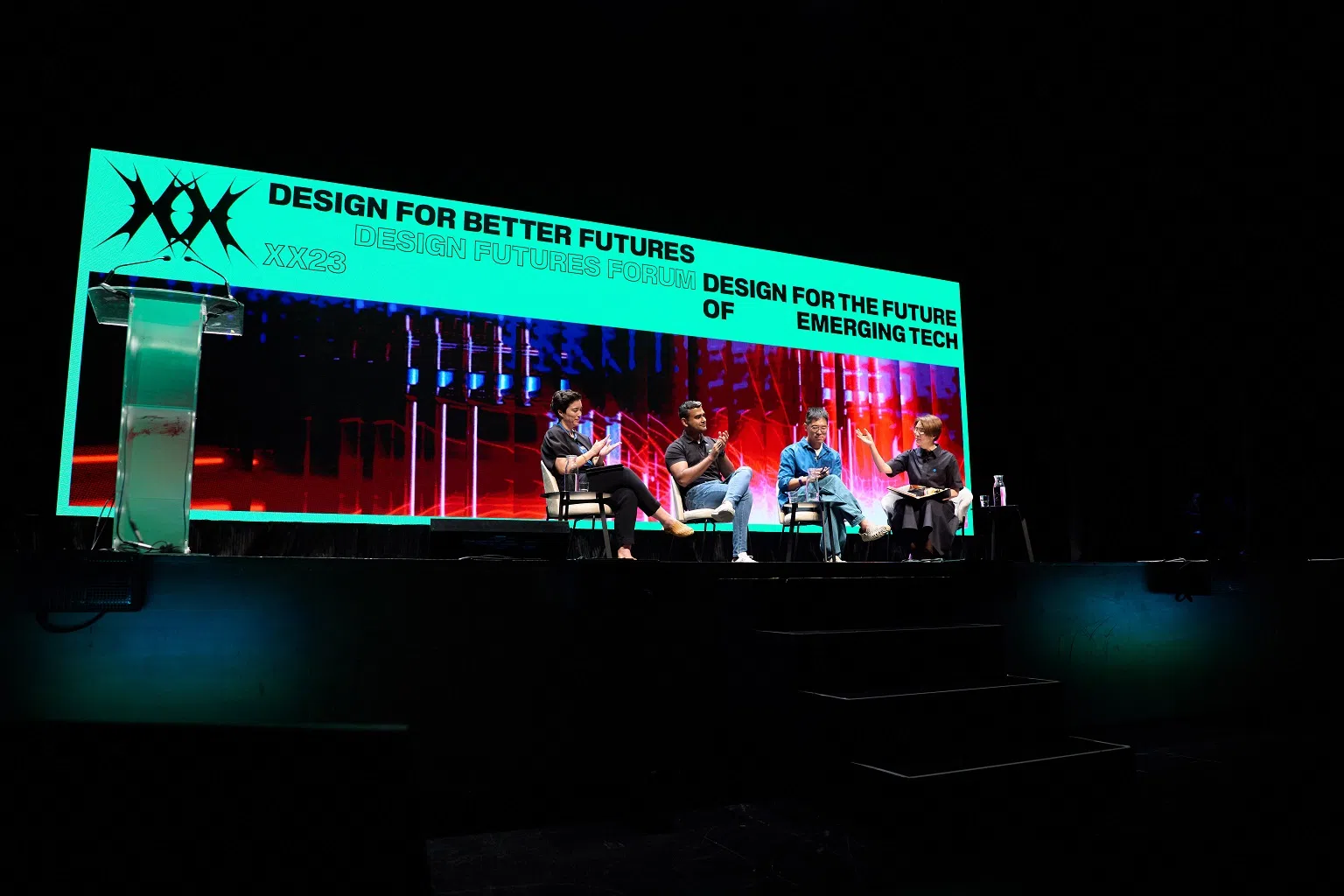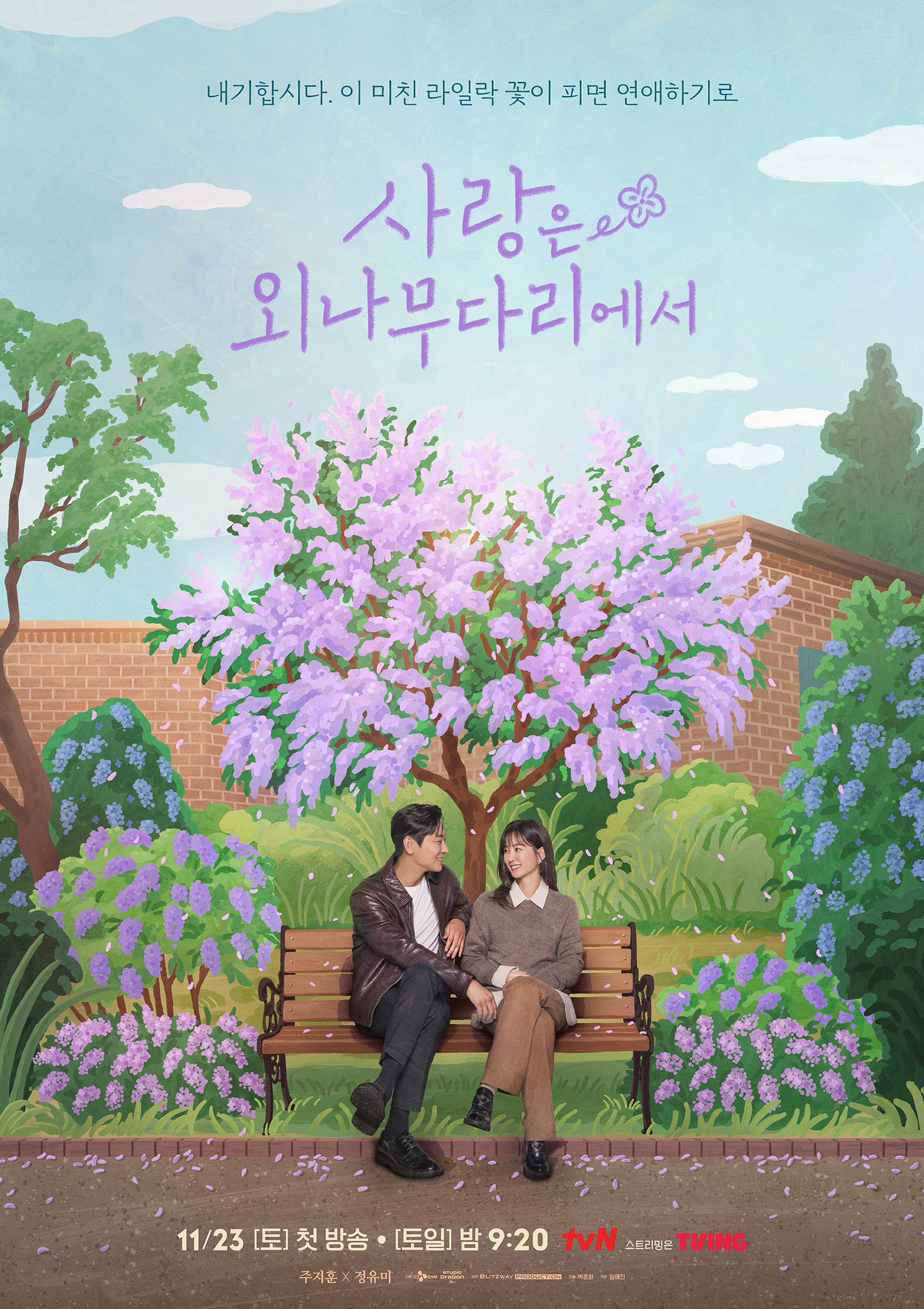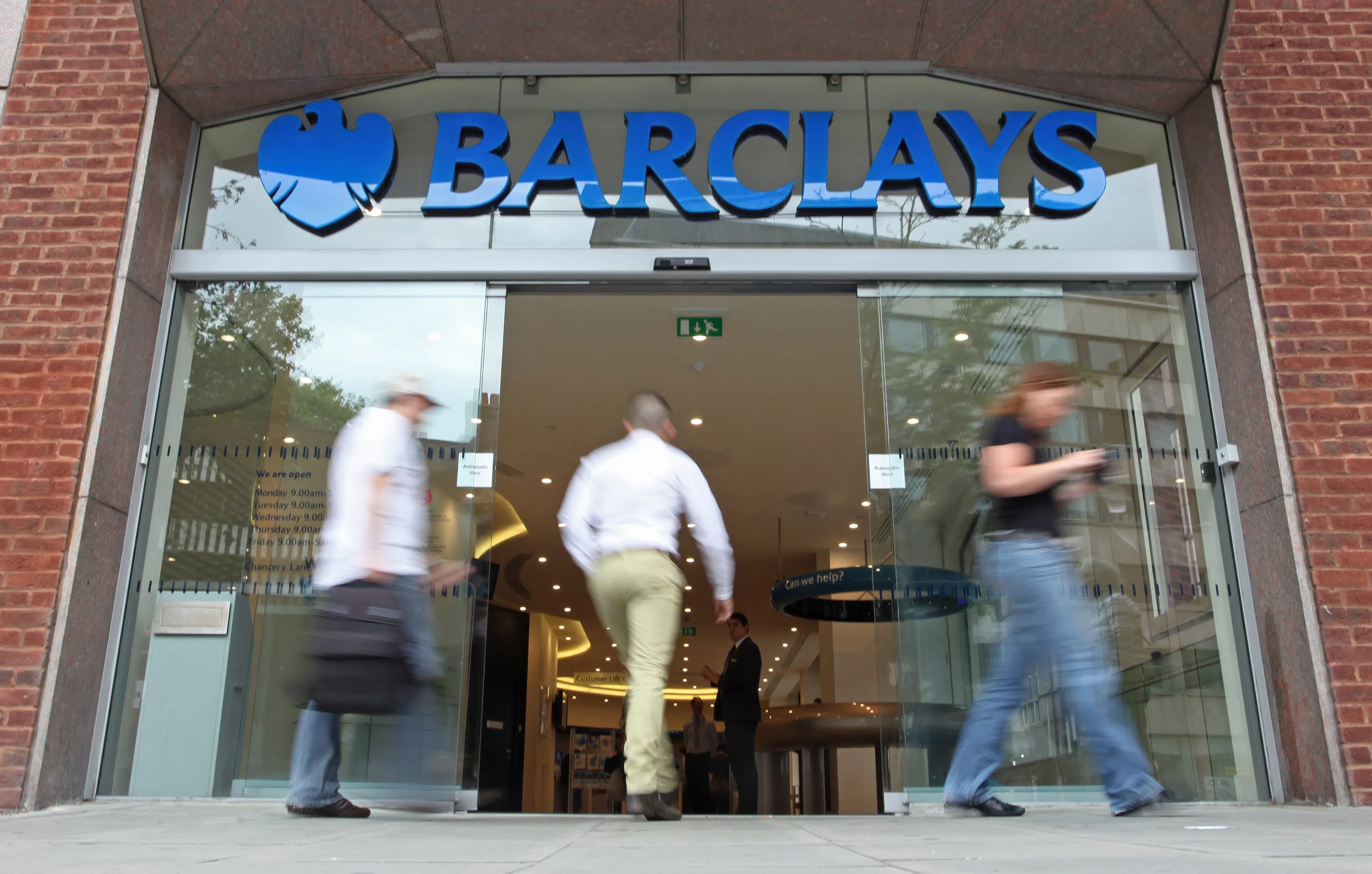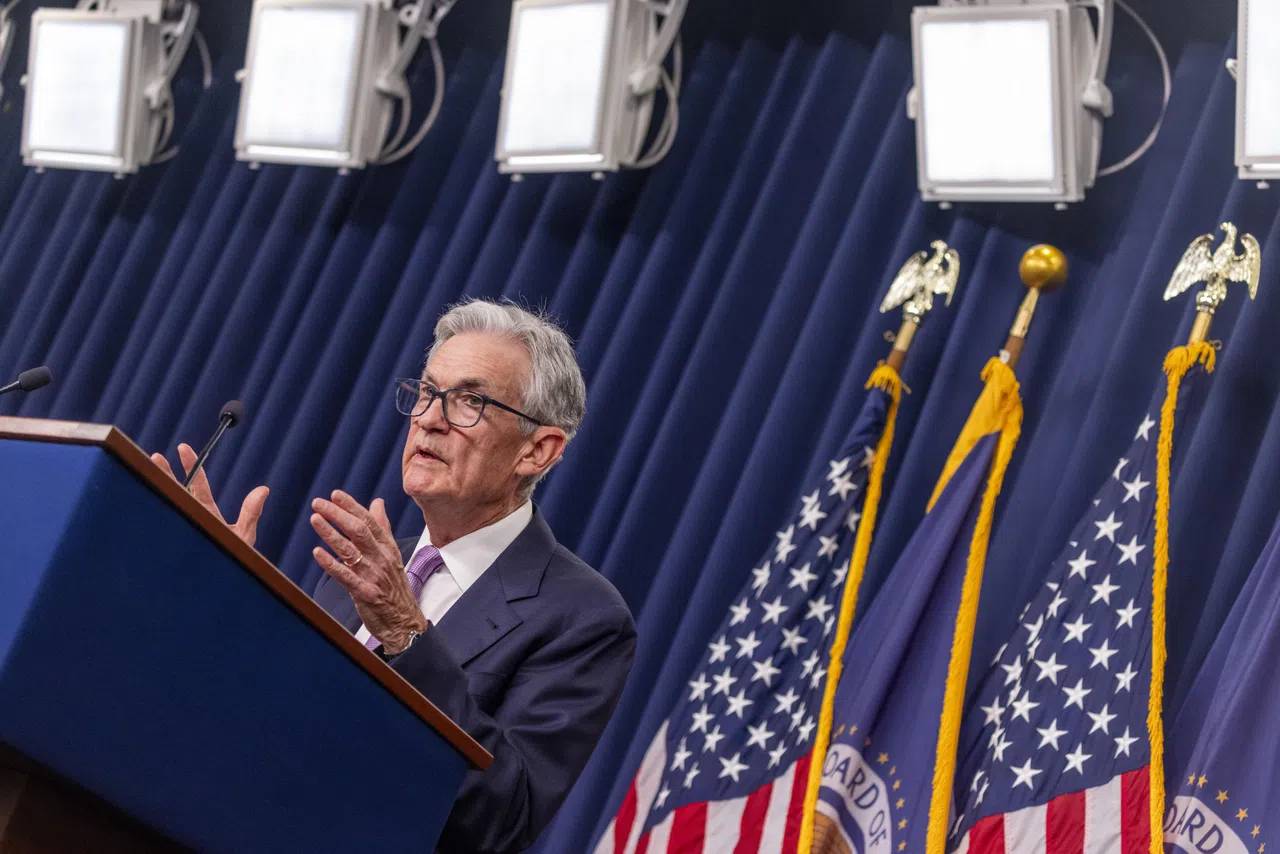IN a market where it seems like every other brand is pushing out a generative artificial intelligence (Gen AI) service, product differentiation has become a critical challenge for companies seeking to stand out. Duolingo, the language learning app, recognised that Gen AI must not be implemented for its own sake, but in service of its users’ needs.
Since Duolingo already excelled at graded lessons teaching its users vocabulary and grammar, the natural next step for language learning was to speak to a native speaker in a spontaneous conversation. Enter Lily, Duolingo’s animated chatbot which can understand the user even with some grammatical mistakes. By providing interactive speaking practice and boosting users’ confidence, Lily offers a valuable on-demand service powered by Gen AI.
This is just one example of how emerging technology like Gen AI, with careful design and deployment, can solve real-world problems – something which Duolingo’s senior design manager, Megan Bednarczyk, will share as part of this year’s Design Futures Forum (DFF).
Success stories like this, and other game-changing and relevant ideas, will be discussed at this year’s event.
Organised by the DesignSingapore Council (Dsg) as part of the annual Singapore Design Week, DFF gathers the most influential thought leaders from a wide field of industries to share their visions and perspectives on creating solutions of the future. They will discuss the potential futures brought about by emerging technology, the urgent call of sustainability and a more caring and inclusive society.
“By bringing together thought leaders, designers and innovators from all over the world, the Design Futures Forum is actively encouraging our participants to inspire change in their own spheres of influence,” says Dawn Lim, executive director of Dsg.
A NEWSLETTER FOR YOU

Friday, 12.30 pm
ESG Insights
An exclusive weekly report on the latest environmental, social and governance issues.
“We believe we can drive conversations and foster collaborations to design a shared future that is more sustainable, technologically ethical and healthier for everyone.”
Building new products, finding new markets
Under the segment of emerging technology, speakers will share how companies are tapping the vast potential of artificial intelligence (AI) and spatial technology such as augmented reality and virtual reality (AR/VR).
The world is already charging towards that direction. Apple’s latest announcements that every iPhone 16 model will support spatial video and photo capture clearly highlights the immersive format will soon be in everyone’s hands.
At the forum, Cathy Hackl, CEO of Spatial Dynamics and renowned pioneer of spatial technology, will deliver a keynote via hologram addressing this. Lindsey McInerney, futurist and technologist who founded Black Sun Labs and led groundbreaking metaverse executions at AB InBev, will also join the event in-person. Her insights on the latest emerging technologies, branding and entertainment will offer valuable perspectives on navigating the future of tech and design.
Other innovators such as Philipp Kandal, chief product officer of Grab, will share how Grab uses design, data and development to bring its products to market, including how it is partnering OpenAI to bring AI capabilities to its super app. Jeremy Ang, who is global tech alliance director and strategy advisor at ByteDance’s enterprise technology arm BytePlus, will speak on how the maker of popular app TikTok experiments with new technology to find the best method of deployment.
Segment curator, Debra Langley, highlights the urgency of addressing AI for businesses and leaders. “The real potential of AI lies in its ability to tackle challenges that impact entire sectors – healthcare, education, science, finance, climate, sustainability and beyond – and to fundamentally reshape industries or even create new ones.
“The outcomes of this technology are still uncertain. The promise is enthralling, but the risks to humanity are equally daunting, and we need to prioritise getting ahead of those threats. I think design leaders need to play a key role in that, and it represents one of the most important ways design can evolve for an AI generation. After all, designers are positioned at the intersection of technology and customers, and uniquely placed to recognise emerging trends – both positive and negative.”
Realising the value of sustainability
Speakers will also be discussing how design can play a critical role in healing the planet through regenerative practices applied at varying scales. Over two days, DFF presenters will shed light on how companies, investors and governments can shift deeply-entrenched mindsets about resource management.
In particular, Ivonne Bojoh of Circular Economy will discuss what it means to create and finance a circular economy. A circular economy envisions resources being constantly reused or recycled to minimise extraction from the natural world. To finance a circular economy where resources are continuously reused, companies and governments must seriously reconsider how products are designed to cut out or repurpose waste, and allow the environment to regenerate its resources.
The event will also feature in-depth discussions about the innovative and sustainable alternatives to plastic and adapting our current systems to the real and ongoing effects of climate change. In a time where the public and consumers have a high level of climate consciousness, speakers will touch on the need to design accessible products which are more shareable and reusable, creating the foundations of a more sustainable economy.
For example, Karlijn Sibbel, innovation director at NotPla, will discuss the company’s innovative packaging made from seaweed and plants that are fully biodegradable. Its products, from edible packaging to films and coatings, are designed to replace single-use plastics. Its Earthshot prize-winning approach stands out for its compatibility with existing packaging processes, making it easier for businesses to adopt its eco-friendly alternatives. By developing versatile materials cardboard coatings and flexible films, NotPla shows how clever design can integrate sustainable products into current manufacturing systems, accelerating the shift away from plastic.
“We need to move from sustainability – which often stops at simply minimising harm – and towards regenerative practices (creating a net-positive effect), and that requires a more research-oriented, systems-based and collaborative mode of thinking and working.
“Designers have a critical role in helping to shape these processes, in mobilising efforts and in helping to visualise, articulate and manifest outcomes,” says Aric Chen, general and artistic director, Nieuwe Instituut, who is also the driving the discussions as segment curator.
Caring for all in an inclusive society
The future not only demands solutions for a greener economy, but also a more aged society. Based on demographic trends, developed countries are often superaged ones. These are societies where more than 21 per cent of its population are 65 and above. Singapore is expected to reach that threshold in 2026.
This is where looking into senior-friendly and inclusive design can help bridge the gap. For instance, Claudia Poh, founder of adaptive fashion brand Werable, creates stylish clothes which are designed for accessibility in mind. Magnetic buckles replace fiddly buttons and cleverly designed pockets can store catheters and conceal their tubing.
Designing for older people creates compounded benefits for other groups, too. An inclusive product will also find younger customers living with disabilities or major illnesses.
Businesses which have an inclusive outlook when hiring also gain talented staff who may have been overlooked because of their illness. After surviving cancer as a young designer, Eason Yang started the social enterprise wryly named Not Entirely Dead (NED) which helps cancer survivors rebuild their careers.
Both Yang and Poh will share during the segment on Design for the Future of Care how their positive attitude towards inclusivity is an asset in their endeavours.
“The care industry serves people when they may feel highly vulnerable and anxious. This can result in confusion, fear-based decision making, and denial, which can make it much harder for care professionals to deliver the clinical treatments required, and can affect the resulting care outcomes,” says Tamsin Greulich-Smith, curator for the Care segment at the forum.
“Designers are increasingly being recognised and valued in the process of understanding real human motivations. They’re able to address patient concerns, empathise and say: ‘This is where people are coming from. And here’s how to design for it.’ This can result in win-win scenarios, with engaged patients, supportive caregivers, and care plans that go beyond clinical needs and meet the practical goals and aspirations of those being served.”
This emphasis on human-centred design thinking is just one example of how innovation can address real-world challenges and enhance everyday experiences. With perspectives spanning individual innovators to industry leaders, the forum creates a platform for participants to take inspiring ideas home and catalyse innovation in their respective industries and organisations.
Hear from leading voices in Design Futures Forum
The Design Futures Forum brings together a diverse group of speakers from technology, sustainability, care and design fields. The event explores three major themes: emerging tech, sustainability and care. Cathy Hackl, CEO of Spatial Dynamics, will deliver an online keynote speech, exploring how emerging technology in the form of spatial tech is changing the business landscape today, the role of design in this field and what the future might look like She will be joined by Lindsey McInerney, a founder and CEO of Black Sun labs, who guides executives, brands, and influencers to think ahead to understand and optimise cutting-edge technologies. Industry leaders such as Jeremy Ang from BytePlus will share insights on ByteDance’s culture of experimentation and the future of human-centric digital interfaces. Philipp Kandal from Grab will discuss the interplay between, design, data and development in product evolution. Ben Bowes from Open Government Products will address how accessible, authentic and intuitive technology can build trust and improve the efficiency of government services. The forum will also feature discussions from experts such as Dr Esther Sternberg from Andrew Weil Center for Integrative Medicine, Ar Leong Tatt Man from Tierra Design Studio and Zac Toh from GWS Living Art and City Sprouts. By using sustainable technology, Zhang Ting-Ting, CEO of Singapore Fashion Council, will address how fashion can be designed for the future of care. Rounding out the event are academics, design leaders, architects and social enterprises who will contribute to discussions on creating a more innovative, sustainable and caring future through design.








